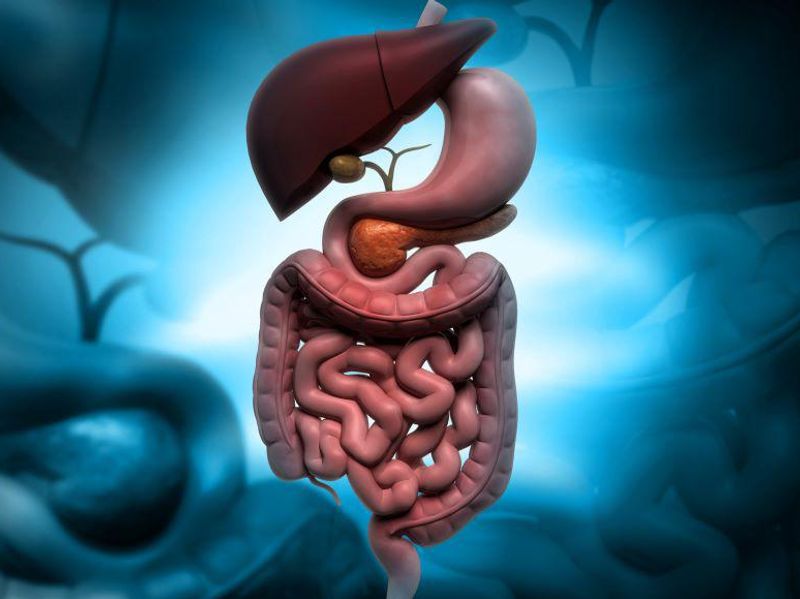The following is a summary of “Global prevalence of Helicobacter pylori infection between 1980 and 2022: a systematic review and meta-analysis,” published in the June 2023 issue of Gastroenterology & Hepatology by Li et al.
Limited research has been conducted to investigate the temporal patterns of Helicobacter pylori prevalence on a global scale. Researchers’ objective was to ascertain the alterations in the worldwide prevalence of H pylori infection from 1980 to 2022.
This systematic review and meta-analysis conducted a comprehensive search on PubMed, Embase, MEDLINE, Scopus, and Web of Science databases, without any language limitations. The purpose was to identify observational studies about the prevalence of H pylori infection, published from January 1, 1980, to December 31, 2022. Conference proceedings, systematic reviews, literature reviews, and clinical case studies were omitted. The study timeframe was segmented into four distinct periods: 1980–1990, 1991–2000, 2001–2010, and 2011–2022. Summary data were extracted from each selected medical publication.
The analysis focused on the prevalence of H pylori and its temporal trend concerning various factors, including the WHO region, World Bank income level, WHO universal health coverage service coverage index, patient’s sex and age, study type, and diagnostic method. The pooled prevalence was estimated using a random-effect meta-analysis, and the significance of the associated factors was analyzed through multivariable meta-regression. This study has been registered with the International Platform of Registered Systematic Review and Meta-analysis Protocols (INPLASY) under the registration number 2022100026. Out of the 56,967 records identified, a total of 5,236 records were considered for the quality assessment stage. Ultimately, 224 studies from 71 countries or regions across all six World Health Organization (WHO) regions were included in the final analysis. These studies involved a combined population of 2,979,179 individuals.
A notable degree of heterogeneity was observed among the studies (i2=99·9%). The estimated worldwide prevalence of H. pylori infection declined from 58.2% (95% CI 50.7–65.8) during the 1980-1990 timeframe to 43.1% (40.3–45.9) during 2011-2022. The prevalence exhibited a relatively stable pattern from 1991 to 2010 but experienced a significant decline from 2011 to 2022, with the most substantial decrease observed in the WHO African region. In general, a decreased occurrence of H pylori infection was observed among individuals in younger age groups, high-income nations, or nations with extensive universal health coverage, as well as in studies conducted retrospectively. Research studies utilizing serological diagnostic methods consistently demonstrated a higher prevalence of H. pylori compared to studies employing non-serological techniques (53.2% [49.8-56.6] vs. 41.1% [38.1-44.2]), with less variability observed over time.
Source: sciencedirect.com/science/article/abs/pii/S2468125323000705



















